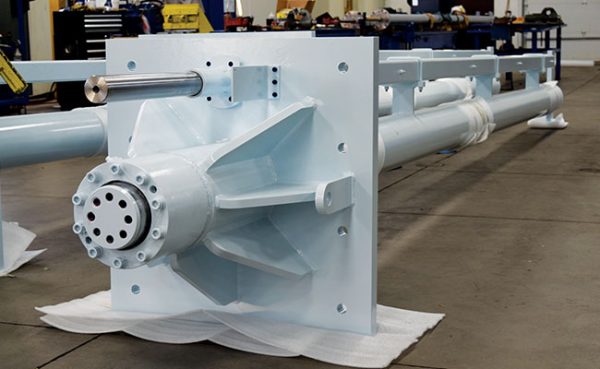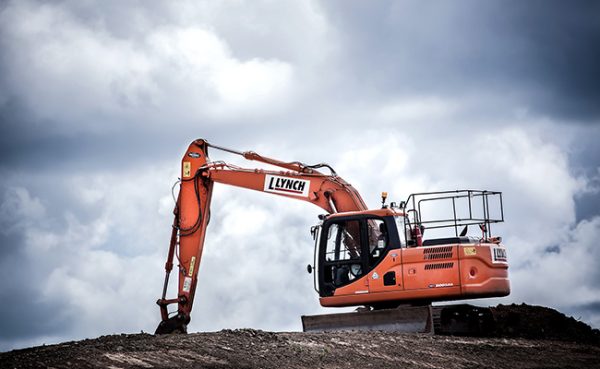New AX Piston Pumps and Motors Overcome Limitations of Modern Hydraulic Units
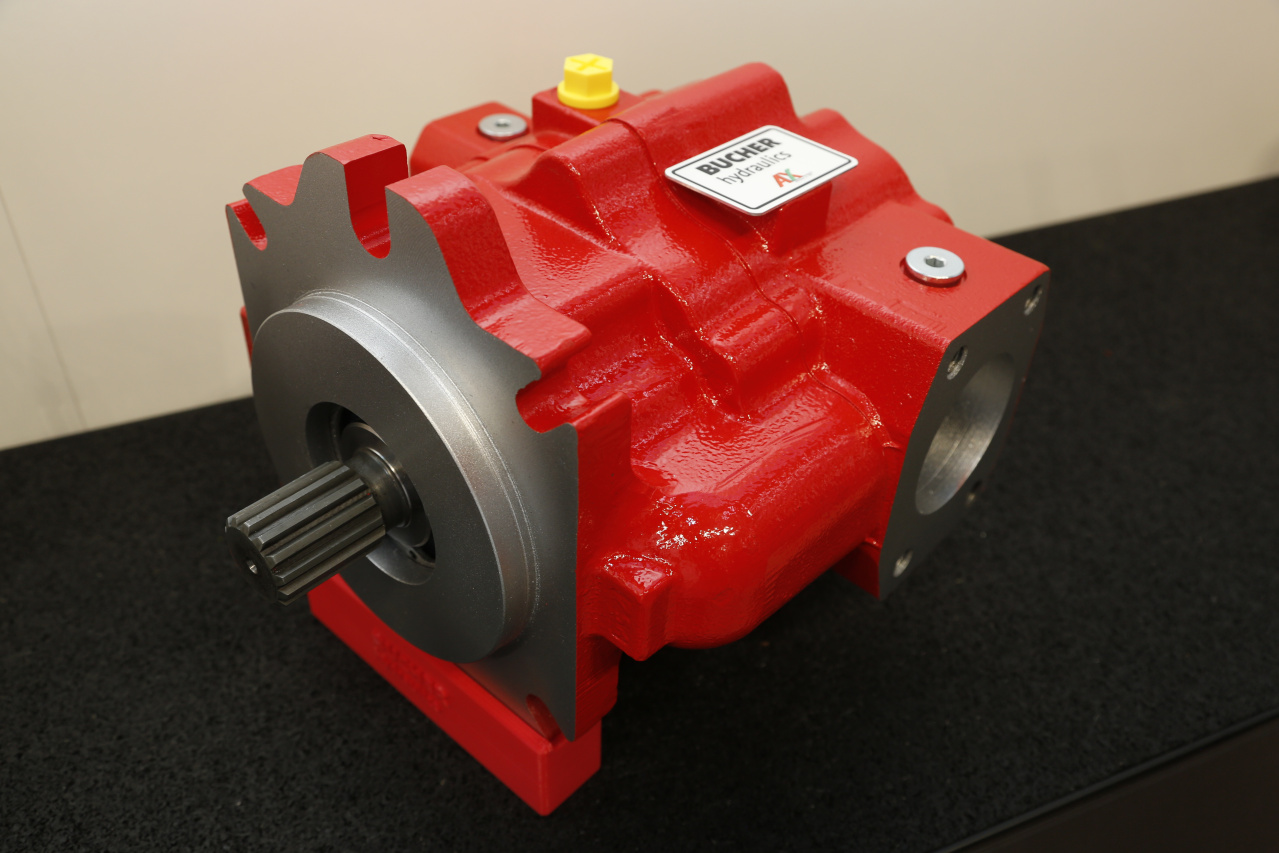
By Kyle Capello and Joel Fornell, Bucher Hydraulics
Piston pumps and motors have been established in the market for many years. They are one of the main components, arguably the most important component, in a hydraulic circuit.
The technology behind a conventional piston pump is both simple and complex at the same time. Pistons, usually seven (7) or nine (9) in number, convert mechanical torque into oil pressure. In a piston motor, the process is reversed. That is the basis of piston-based hydraulic drive units, and everyone who works with high-power industrial and mobile applications will be very familiar not only with their positive aspects, but with the negative ones as well.
Limitations of Modern Hydraulic Units
Every project engineer has experienced the limitations of piston pumps and motors, including high-pressure ripple, less than desired mechanical, and volumetric efficiency.
In addition, the growing demand for electrically powered machines has exposed some inadequate performance characteristics, such as noise and minimal shaft speeds when working at high pressure.
Industrial applications with increasing working cycles and high working pressures, together with a need for very responsive dynamics and accurate flow and pressure control, have already identified the limitations of current pump technology. These limitations are normally compensated by using accumulators and valves with associated high-energy consumption and additional costs.
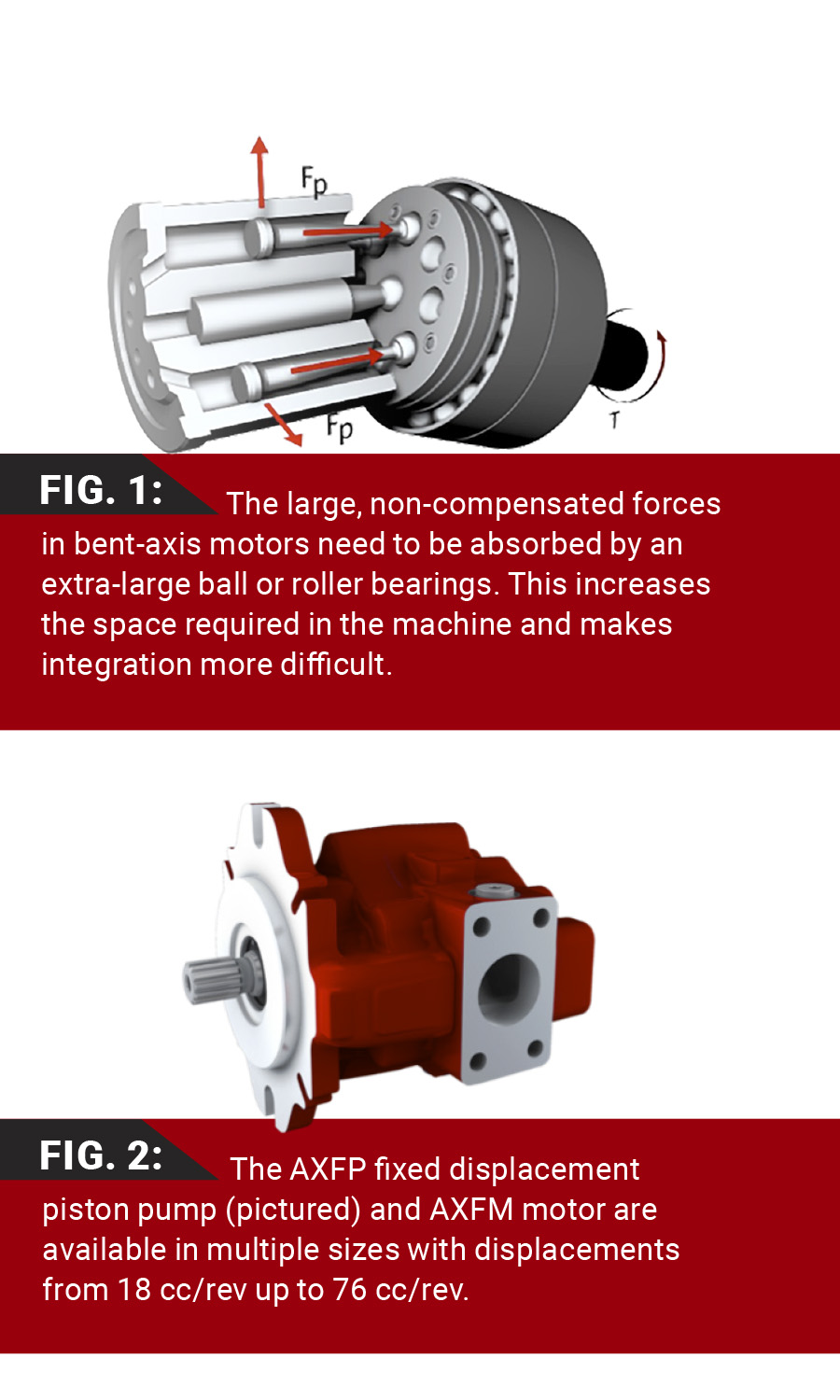 New AX Piston Pump Based On A New Pump Principle
New AX Piston Pump Based On A New Pump Principle
For these reasons, Bucher Hydraulics is introducing a new pump concept that overcomes the limitations of current piston technology, bringing to market not just a further evolution of the existing concept, but a revolution that offers better efficiency, excellent dynamics, low noise, and low minimum speed at high output torque.
The Bucher Hydraulics piston pump is based on a new concept, which works on the principle of balancing the internal forces by having two (2) rotating barrel plates, facing each other with each having 12 pistons, thus achieving a very high power density and limiting the axial forces, which need only a light bearing to absorb them.
After several successful years of research and development testing, Bucher Hydraulics is now proud to introduce to the market the new AX piston pump and AXM piston motor in displacements of 18 to 76 cc/rev, with an immediate target of extending the range up to 115 cc/rev.
Application Example: Electrically Powered Construction Machines
The characteristics of the Bucher Hydraulics AX pump were studied with a particular focus on machines powered by an electric motor. The high volumetric and mechanical efficiency, low noise, low-pressure ripple, and minimum permissible speed of 2-3 RPM, together with the possibility of enabling the pump to turn in both directions, make the AX pump the perfect solution for electrical and hybrid machines of the future.
Application Example: Winches
In the standard version, the AX pumps and motors can reach a working pressure of 450 bar. This characteristic is not the main advantage. In the low-speed range of just a few RPMs, the AX motor has a start efficiency of 99% against the 60-65% of a conventional axial-piston unit. Thanks to this feature, the performance can be significantly increased with the benefit of precise and accurate crane movements. This characteristic benefits crane slew drives too.
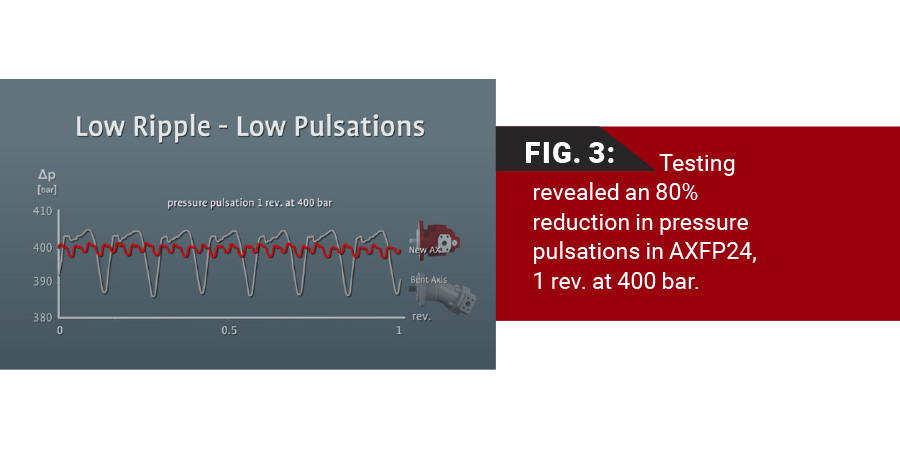 Application Example: Industry
Application Example: Industry
The performance of the new Bucher AX hydraulic pumps and motors means higher energy efficiency. This high performance is also evident when the unit must start rotating and run very slowly under high load and pressure.
Application Example: Wheel Motor
The high-power density, high-working pressure, and low-permissible speed make the AXM motor the perfect alternative to applying a gear motor. The minimum speed of 2 RPM at high pressure brings mobile machines into a new arena. New calculations are now possible during the study phase, offering several options in different and lower gear ratios. For straight travel in vehicles such as crawler excavators, the volumetric efficiency of approximately 96% will increase ground speed. λ

